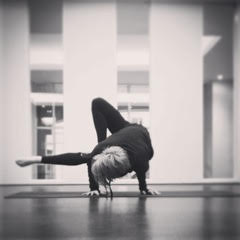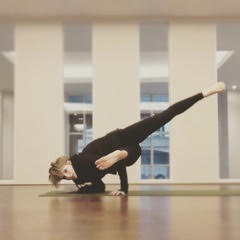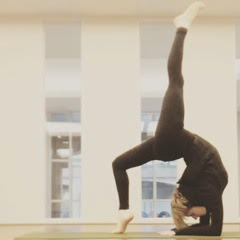Ah Women’s Health… What a taboo!
Weird isn’t it? We all came from a woman, and yet I find that the health of a woman and knowledge of women’s bodies is possibly one of the most under recognised parts of the health system in the UK. And I’m sure this goes on in other parts of the world (and is probably a lot lot worse for other women), but one country at a time hey!!??
In my experience the whole process of being a woman, the expectation of what our bodies can (or cannot) achieve, and the options offered to us under the guise of “women’s health” has been over medicalized, and decisions over how we care for our body mostly taken away from us.
We’ve been given hormones to stop menstruation, over-prescribed pills without first being given the support to find out why we may be experiencing pain or difficulties with our cycle; and mothers are all but forgotten about when it comes to childbearing and birth.
We can reproduce, but not be allowed to experience - with grace - the parts of us that make this amazing feat possible.
We can reproduce, but as soon as the baby is born the Mother is often forgotten about and society expects us to live with the aftermath and just get on with being a Mother.
It’s all a little confusing to me, and I am sure for many of you out there as well! And so that is where I come in.
There are so many women who are living with pain, incontinence, prolapse, birth trauma, pain during sex… the list goes on, and I’m here to tell you that you DON’T HAVE TO JUST LIVE WITH IT!
I honestly believe that the only way we can have autonomy over ourselves is with knowledge.
I have made it my life’s work to know as much as possible about the systems of the female body to empower women so they can get the best out of their bodies.
“My dream is for all people to be able to have access to pelvic health all around the world at any age and particularly the childbearing years. I want to aid in dropping the taboo’s surrounding sexual and pelvic health in order to urge people who are experiencing changes to seek help and advice from professionals. The sooner we drop the stigma around our sexual organs and feel comfortable discussing these subjects the sooner treatments can be accessed and change can happen.”
Expect to be asked about your periods, your bowels, and your lifestyle when you come to see me; I work with the organs, the lymphatic system and of course the usual muscles, bones, and fascia.
I want my clients to truly heal, and to do that the system as a whole needs to be taken into consideration - Mind, Body and Soul.
Most of what I have learned is from my own experiences with my health and the healthcare system and wondering how I can make this experience different for women when they come to see me.
A consultation with me always starts with an interview to find out more information about your general health and more specifically about your bladder, bowel and pelvic function and you will be asked about your goals so that your treatment can be specifically tailored. Following this, a physical examination is carried out, which always includes an assessment of your movements and breathing.
I always check is breathing because most of us aren’t breathing correctly these days which immediately puts you on the back foot!
Take a look at this short video I put together with some information on breathing and why it’s so important for our overall wellbeing
So, I invite you to make an appointment to see me. Even if you’re scared to tell anybody what’s been going on or you think that you’re the only one with your symptoms or you think it’s too late.
Don’t be… IT’S NOT… YOU’RE NOT! We talk in total confidence and there will be something I can do to help you.
Hope to see you in clinic.
- Sarah
BOOK AN APPOINTMENT
with Sarah
ABOUT SARAH
Sarah is a Chartered Physiotherapist from St Georges Medical School, University of London where she graduated 10 years ago. She has a passion for all things sexual health and is a specialist pelvic health physiotherapist.
Her background is sports and rehab so she has a good understanding of the whole body which she is able to implement in postnatal rehab. She is very interested in healing and so promotes a healthy mind and gut and works with the organs and lymphatic system.
She is a member of the Pelvic, Obstetric and Gynaecological Physiotherapy group, a qualified acupuncturist with the British Medical Acupuncture Society and she is a Mummy MOT practitioner.





































